This is custom heading element
[post-fields post_field=”wpcf-subtitle”]
[post-fields post_field=”wpcf-byline”]
“It is no secret that I have assumed this role during a uniquely challenging time for the university,” says Tim Denning, who was named Georgia State’s vice president for research and economic development last November. “The pandemic has been globally disruptive and created challenges in nearly every aspect of life. For research, it’s also created opportunities to advance our knowledge of the virus that causes COVID-19 and understand how the pandemic is affecting everything from public health to housing, education and economics.”
We spoke with Denning about his career journey, his new role overseeing research at Georgia State, and why he thinks partnerships are the best way to increase research impact.
You’re a biomedical scientist and immunologist by training. What drew you into research as a career?
I believe every researcher is an explorer at heart and driven by an insatiable quest to answer difficult questions. As Nobel-winning scientist Albert Szent-Györgyi once said, “Discovery consists of seeing what everybody has seen and thinking what nobody has thought.”
My parents set me on a path to go to medical school, but when I set foot in a laboratory and began taking part in research I knew I had found my calling. I gravitated towards the endless process of creating a hypothesis and then systematically testing it. As you learn more and begin to understand more, you become more intellectually curious. It lures you in. Before you know it a year will go by and then a decade will go by. It’s a feet-forward, never ending process to advance knowledge and hopefully positively impact humankind.
Before being named vice president, you were a faculty member at Georgia State for seven years. How has the research enterprise evolved during your time at the university?
From my perspective it has grown from pockets of outstanding research to a rising tide of research excellence across the institution. We’ve cultivated productive partnerships both internally and externally. As part of this culture, you realize how truly special it is: the intellectual vibrancy and the ability to collectively address major issues facing society.
Georgia State has experienced tremendous growth in research over the past 15 years. What factors do you attribute to that success?
There are many factors, but several immediately come to mind. One is the strategic investment by university leadership to grow research. This culminated in the development of highly successful cluster hiring initiatives, state-of-the-art research facilities and interdisciplinary research centers.
Another factor is an innovative mindset, which is part of the fabric of the university. The idea of “If we’re going to fall, we’re going to fall forward.” That is not typical of other places I’ve been, and I think it’s something unique to Georgia State. It is what has garnered us our well-deserved reputation as one of the most innovative universities in the nation.
The vision to invest in something that’s good and make it great is another factor that has enabled our growth. That strategy to advance certain areas of strength has been game changing. We’ve become known as one of the top institutions in the nation and even the world in fields as diverse as public policy, education, neuroscience, astronomy, public health, biomedical science and new innovative areas like legal analytics and data science. I think those areas where disciplines intersect is where we have an opportunity to have major impact.
The pandemic has posed many challenges for higher education institutions. What has been one of the most significant challenges for researchers?
The pandemic has really highlighted the importance of team research but also how difficult it can be to build and maintain a team as we’re physically dispersed and sometimes without access to our normal facilites, resources or research subjects. You don’t have as many opportunities to spark an idea by bumping into someone in the hallway. On the flip side, it has taught us important lessons about how to effectively collaborate with colleagues and be resourceful.
What role do you see research playing as the pandemic enters its next phase?
I think research is key to understanding the long-tail effects of the pandemic. Not just the virus itself and the science aspects, but public health, education, communication, how policy and politics intersect with aspects of the pandemic, the disproportionate impact on certain groups, how it’s changing the workplace and schools. The list goes on and on.
Among scientists, there’s also an understanding that SARS-CoV-2 is not the only pathogen that could create such a profound effect on human life. It’s hard to think about preparing for the next pandemic when we’re still in the throes of COVID-19, but infectious diseases are and will continue to be a major threat to public health. The lessons we’re learning now can help us be better prepared for that next outbreak, so perhaps it won’t reach the status of a global pandemic.
What are some of the other major challenges you see in the months and years ahead?
One challenge is to continue to appreciate the value of basic research. For example, many people believe that the COVID-19 vaccines were created in less than a year. They’re not aware of the decade of research that laid the groundwork for these vaccines. Basic research is so important and so fundamental, but there’s not always an appreciation for the value of continuing to fund the basic research that creates a solid foundation upon which impact is ultimately made. History has shown that support for basic research topics translates into some of the most valuable discoveries.
Looking forward, what excites you about your role as vice president of research?
I’m excited to make the most of our areas of excellence in research to build something even more transformational and impactful. An increase in partnerships across disciplines is one of the most positive things that has emerged from the pandemic, because suddenly there’s a clear understanding of the urgency of coming together to make a difference. I’m interested in how we can have more impact through collaborations, both internally and externally with partners around the city, region, country and even internationally. It’s about doing things greater than you could have ever done alone.
What are the biggest opportunities you see for research at Georgia State?
An obvious one is leveraging technology. Not long ago, we were at a stage in many areas of research where we were limited by a lack of data. Now there is so much information that the sheer volume is often beyond our ability to process and understand without technology.
I want to challenge our faculty across disciplines to consider how to leverage technology to advance our research and our impact. There are already researchers here who are doing an amazing job of this, and I expect that we will be putting even more effort and attention towards it. We need to make sure we have the most advanced technology and an excellent structure to help researchers use it effectively. The latter is often a limiting factor, especially for people in disciplines not traditionally served by these tools, which is why we recently introduced the Advanced Research Computing Technology & Innovation Core. They work hand in hand with investigators and guide them how to best use the resources.
Another area of opportunity is in diversity, equity and inclusion. We have a strong commitment to increasing diversity among our faculty, staff and student researchers and performing cutting-edge research on disparities and equity in many areas.
How can research programs at R1 institutions like Georgia State adapt to thrive going forward?
Most important, our research programs need to remain relevant to issues facing society. This process involves looking well beyond the walls of our university to understand what is happening in the world. What are the major challenges and how can we leverage research to best address them? That is where outside partnerships can increase our impact. It’s not only about obtaining a grant, publishing in a journal or generating data. We need to think and execute on a grander scale.
One ideal conduit for external partnerships is students, who are working on projects and internships within the private sector while simultaneously interacting with researchers here at the university. They can be a bridge to help us understand how the private sector is working on issues and how faculty can deploy their research to help in a meaningful way.
Diversification of funding streams beyond traditional sources is likely to be instrumental in remaining competitive. There is volatility in many funding sources and at the same time there are new investments being made in areas of strategic importance. We must remain nimble to adapt in a dynamic ecosystem.

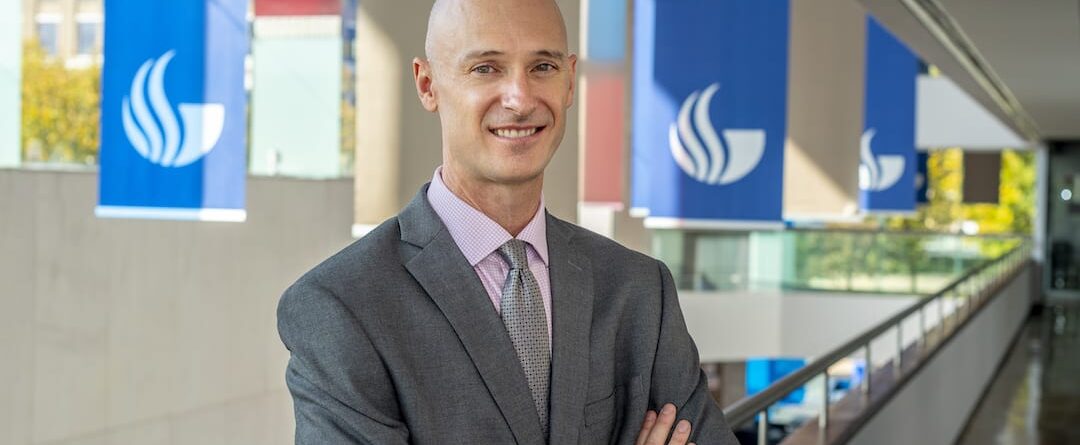
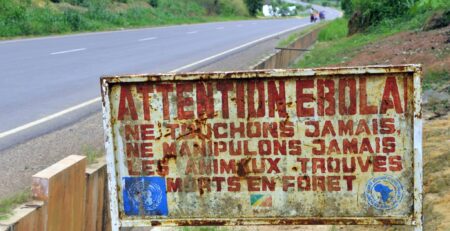
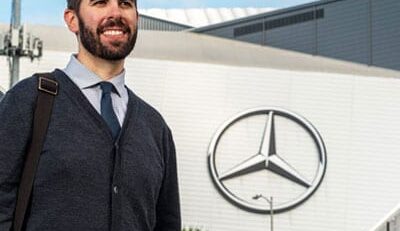

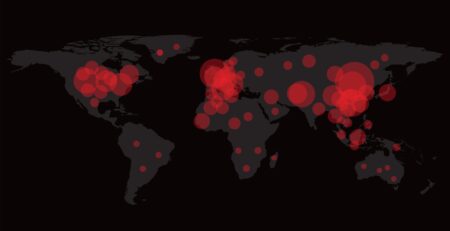
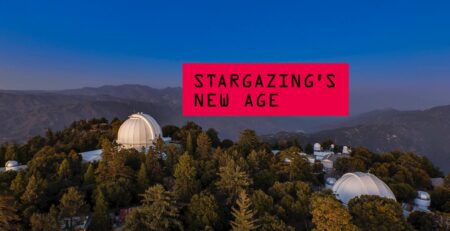
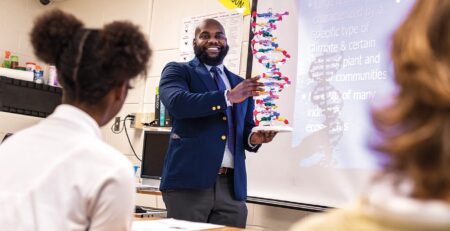


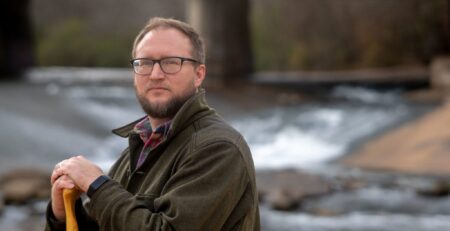
Leave a Reply